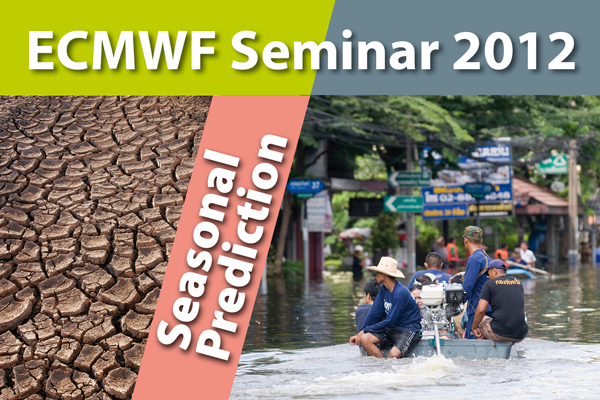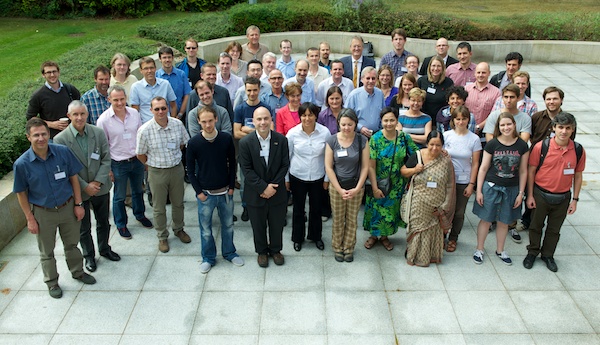

Seasonal forecasts are increasingly used in a range of applications to improve weather-associated risk management such as preventing losses due to severe flood and drought conditions and preparation for health-related emergencies. Scientists from the whole globe attended this year's ECMWF annual seminar on seasonal prediction held from 3 to 7 September 2012.
A task that seemed impossible until two decades ago, but a reality now. Speakers showed that thanks to a combination of better understanding, improved simulations of key processes, better initial conditions and the exploitation of ensemble techniques, dynamical predictions months ahead now provide better, more valuable information than statistical ones, or climatology. As pointed out by Michel Jarraud (WMO Secretary General), "The past is no longer a trustworthy indicator for the future. Thanks to advances in seasonal forecasting, we can provide users, especially the most vulnerable ones, with better forecasts than statistics based on the past".
Predictions remain challenging because the earth system is extremely complex: non-linear interactions between solar cycles, stratosphere and troposphere are important. Scales interactions have to be properly accounted for, from localized to organized convection, the MJO and El Nino. Land conditions have to be initialized and simulated more correctly to improve the prediction, especially of extreme events.
To advance our understanding, improve seasonal forecasts and promote their use we need to work on all aspects. From the scientific point of view, we need to improve each model component, include the missing phenomena, develop coupled initialisation schemes and increase resolution, especially of the ocean component. Scientific advances will need to be tested on several years to have a robust estimate of the skill of the system and the model climatology needed to calibrate the forecast products. From the application point of view, we need to strengthen our links with the end users to design more valuable, targeted products that will help our users manage weather-related risk, e.g. in agriculture and health care. More open, interdisciplinary projects needs to be promoted to transfer our knowledge of the seasonal system and design better applications.
ECMWF has a recognized leadership position in seasonal prediction. Since 1997, when we implemented system-1, the skill of our seasonal prediction system has been improving by about 1 month per decade. Seasonal system-4, implemented in November 2011, is proving better than system-3, which was already considered as one of the top seasonal prediction systems, with the highest skill in predicting the El Nino. The future will see further advances, thanks to the work planned in our 10 year strategy that should lead to a better coupled system-5, starting from coupled re-analyses.

